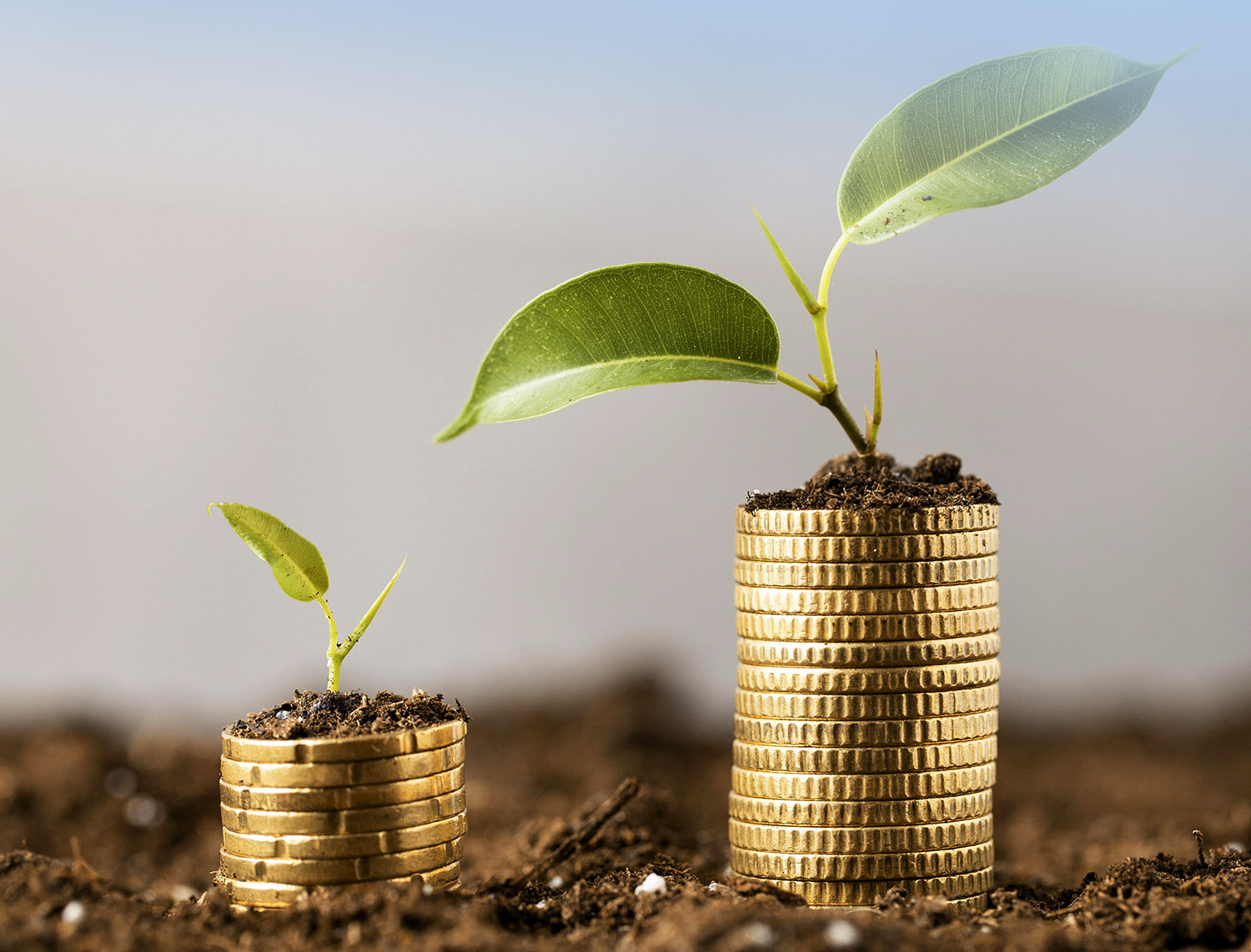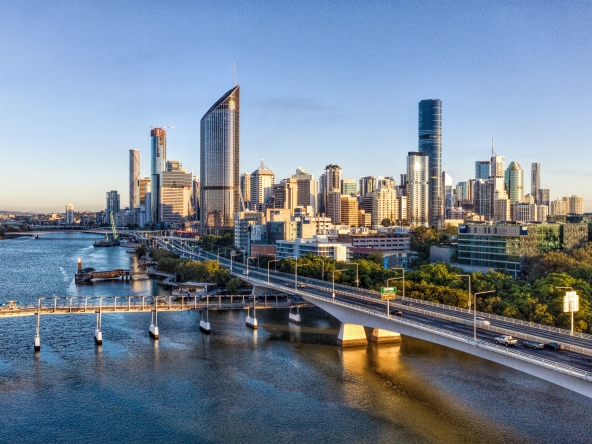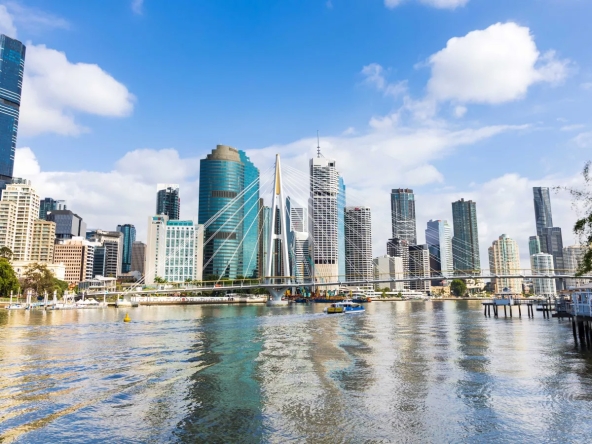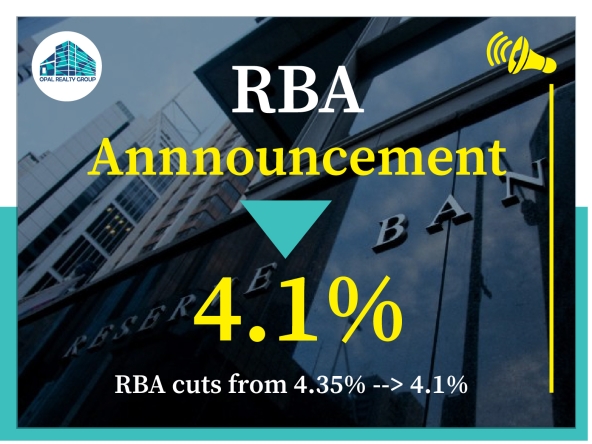

The increasing wealth of thousands of Australians is set to elevate many to millionaire status within the next five years, according to a new global report. This rise in wealth is primarily attributed to the booming housing market and growing returns on superannuation assets, as noted by one economist. However, the report also indicates a growing wealth inequality.
The Global Wealth Report from Swiss bank UBS analyzed wealth growth in US dollars using 2023 data from 56 countries. It predicts that approximately 400,000 Australians will become millionaires (in USD) by 2028, marking a more than 20 percent increase in the nation’s millionaires. Currently, there are 1.9 million millionaires in Australia.
In 2023, the average wealth of an Australian adult was $807,557 (US$546,184), with financial assets comprising less than half of this wealth and debt per adult at 17 percent. According to UBS, this represents a 138 percent increase in wealth over the past 15 years, with 9 percent growth occurring in 2023 alone after a global decline in wealth growth in 2022. The report highlights that median wealth grew at about half the rate of average wealth, indicating slower growth among lower wealth brackets compared to higher ones.
Westpac economist Justin Smirk explained to 7NEWS.com.au that the data on financial assets within gross wealth provides insights into the sources and directions of money flow. With roughly half of the wealth in real assets like property, it suggests that older generations, who have long been involved in the property market and have largely paid off their mortgages, hold a significant portion of this wealth. Smirk also mentioned that the beginning of baby boomer inheritances, or vertical wealth transfers, is starting to be reflected in the data, although horizontal wealth transfers, such as between partners or for financial reasons, also play a role.
In Australia, financial assets differ from those in other parts of the world. Unlike the US and other countries, Australians generally do not hold large share portfolios outside of superannuation. The global UBS report indicates that financial assets make up 60 percent of wealth in the Asia-Pacific, nearly 70 percent in North America, and just under 55 percent in Western Europe. In Australia, financial assets are mostly held within superannuation portfolios, which have been growing.
The Australian Council of Social Service (ACOSS) reports that superannuation value grew by 155 percent between 2003 and 2022, calling it the main driver of wealth inequality during that period. The growth was attributed to “compulsory savings property investment” and a “superannuation policy that disproportionately benefits those with the most.”
The UBS report also found that inequality has increased by 5 percent since 2008. ACOSS and UNSW Sydney’s April report on Inequality in Australia revealed that the wealth of the highest 10 percent of households has grown much faster than that of the lowest 60 percent. Over the past two decades, the wealth of the top 10 percent increased by 84 percent, from $2.8 million to $5.2 million, while the wealth of the bottom 60 percent grew by only 55 percent, from $222,000 to $343,000.
ACOSS CEO Cassandra Goldie warned that without major reforms to housing, superannuation tax breaks, and income support, the divide between the wealthy and the less affluent will continue to widen. Smirk added that as wealth increases, so will inequality, particularly as the property market increasingly favors those who already have wealth. The ACOSS Inequality in Australia 2023 report found that the wealthiest 20 percent hold 82 percent of all investment property by value. This dynamic, according to Smirk, will exacerbate the concentration of wealth among those with existing assets and the ability to benefit from wealth transfers.



